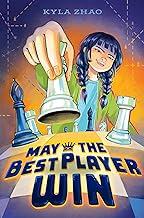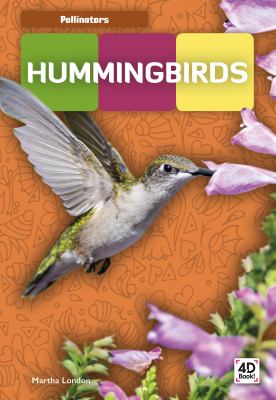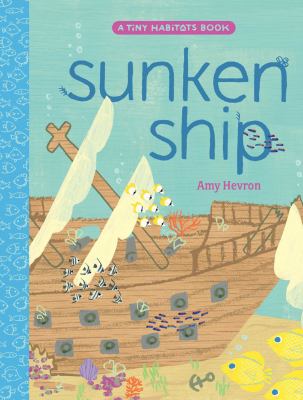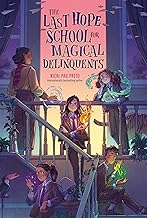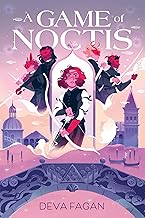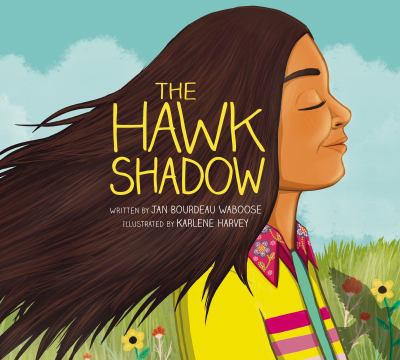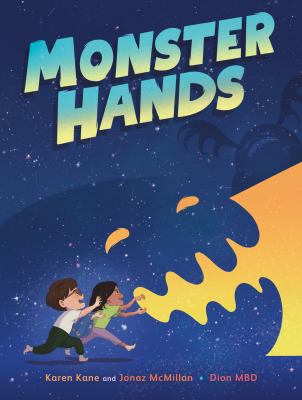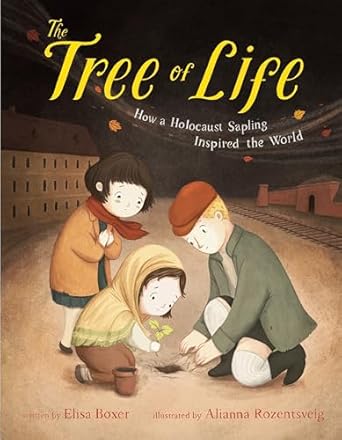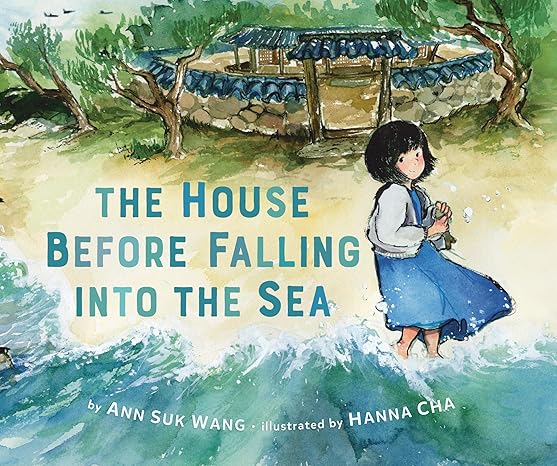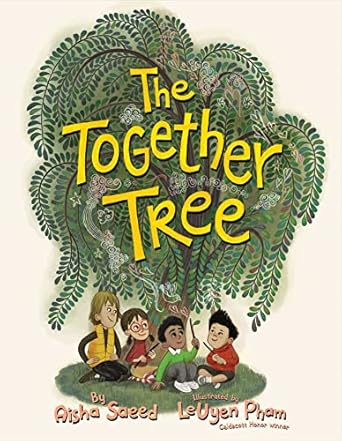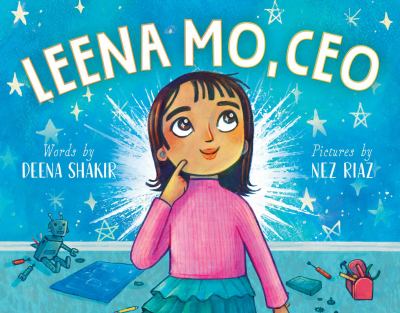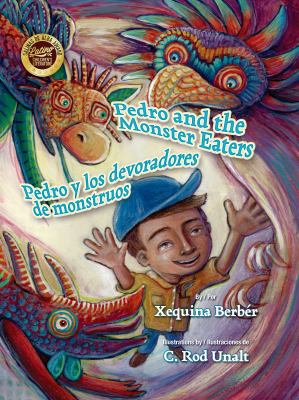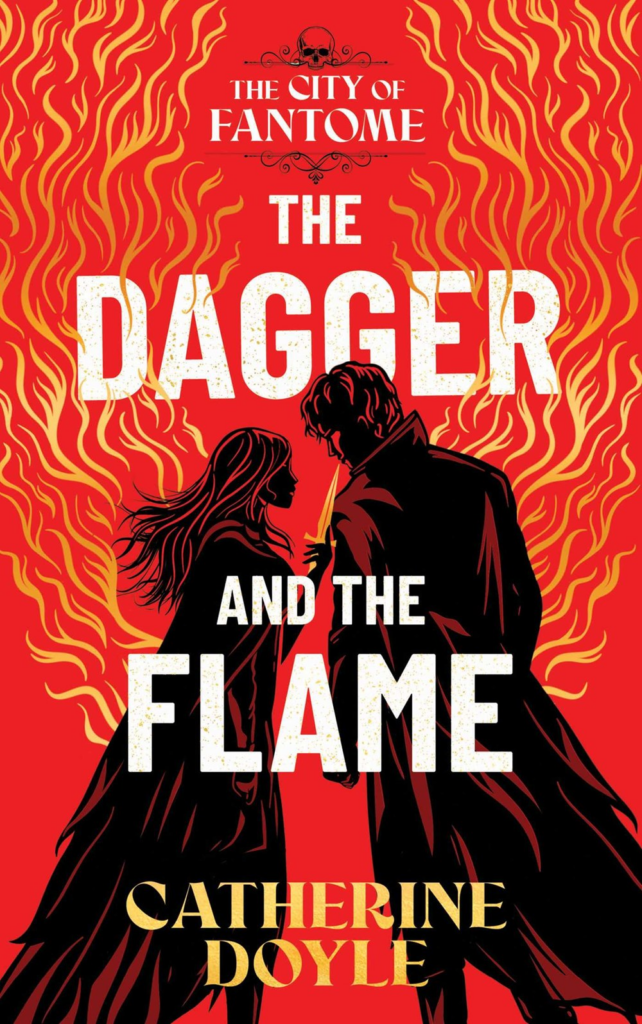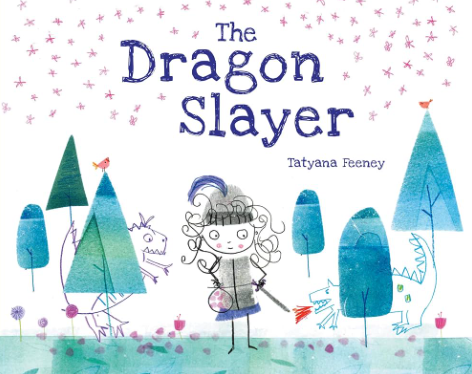Reviewed by OHS substitute, Victoria O.
Juliet. Ophelia. Cordelia. These are names you are likely already familiar with, as they are among the most iconic heroines to ever grace the pages of William Shakespeare’s famous tragedies, all of whom suffer grisly ends by the time the final curtain falls.
In “Enter the Body,” these ill-fated women and girls are given new life by author Joy McCullough, who allows each to retell her story from her own perspective, reclaiming their well-worn tales to create a vibrant new narrative, teeming with righteous fury, unresolved trauma, and a deep desire to be heard.
Each chapter focuses on a different character, alternating between stark prose poetry in which one heroine narrates the sad trajectory of her life before shifting back to a mysterious, liminal space occupied by Shakespeare’s other unfortunate leading ladies. This space takes the form of a dimly lit, below-stage purgatory with a trap door through which each girl comes crashing down every time they are forced to (once again) relive their harrowing experiences on stage. As the heroines take turns telling their stories, the others look on, recalling their own past lives and how the pain, violence, and heartbreak suffered by each is often echoed in the others.
Reading this book is like watching a series of searing monologues steeped in female rage and driven by a deep sense of historical injustice for women who were permitted little control over their own bodies, much less an ability to direct their own lives. Highly recommended for those who enjoy Shakespearean drama updated for a modern audience and retold through a darkly feminist lens.


